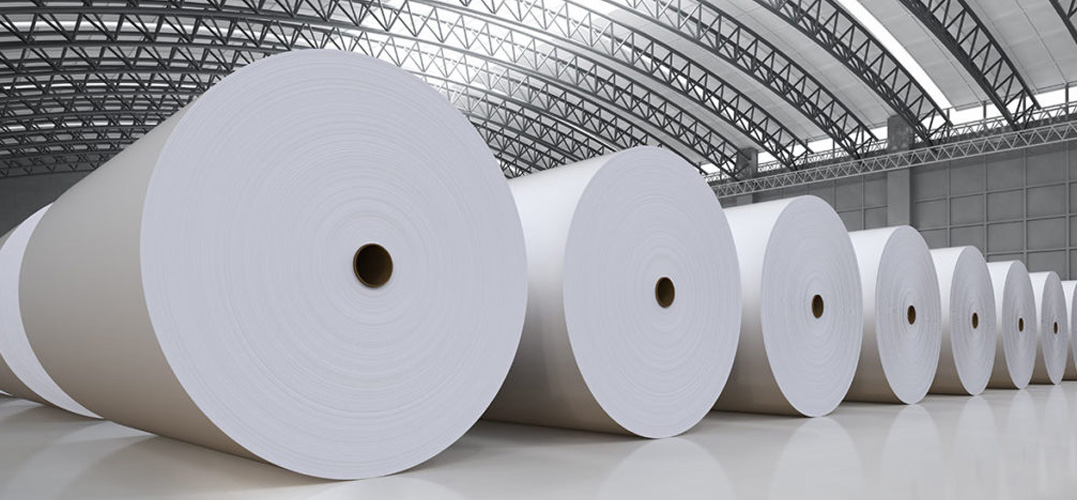
The current paper crisis will be further aggravated with severe repercussions in the supply of print products for all economic markets. This constitutes a threat not only to the graphic industry but endangers its support function for all sectors and the much needed rebound of the European economy.
The graphic industry experiences a paper supply shortage it has never experienced before. The print industry with its manifold products serves citizens and businesses throughout Europe every day. We produce schoolbooks, labels for food or pharmaceutical products, advertising, packaging of all kinds as well as printed media such as books, magazines and newspapers. The continuous supply of these products is in real danger.
For over 6 months, the sector is experiencing an unprecedent crisis. Paper prices have been registered a growth rate of 45% on average in the last 6 months, even up to 80% for newsprint paper used to produce newspapers. These soaring prices, mainly due to increasing energy costs, are now accompanied by a major shortage of paper and board across Europe. The lack of paper and board will shortly have major implication for the European economy as vital products like food, medicines but also newspapers and schoolbooks face supply chain disruptions.
The recent and still ongoing strike in Nordic paper mills – now set to last until the end of March or even April- aggravates the situation for the supply of paper and board in Europe in the very short term. The stocks of printing companies will not last until the strike has been settled.
The current war in the Ukraine will have impacts not only on the energy prices, but also on the supply of wood and pulp for European paper makers. This will further tighten supplies in the middle to long term, which are a major concern for the future of our industry.
The combined effects of a reduction in graphic paper capacities in Europe (in the last 5 years (2016-2021), a total of 25.8% of European graphic paper capacity closed), the reduced availability of recovered paper and the increased competition for wood fibres from several other sectors like construction, textile, or energy, are creating uncertainty for the continuous supply of wood fibres for European sectors.
Source: Intergraf